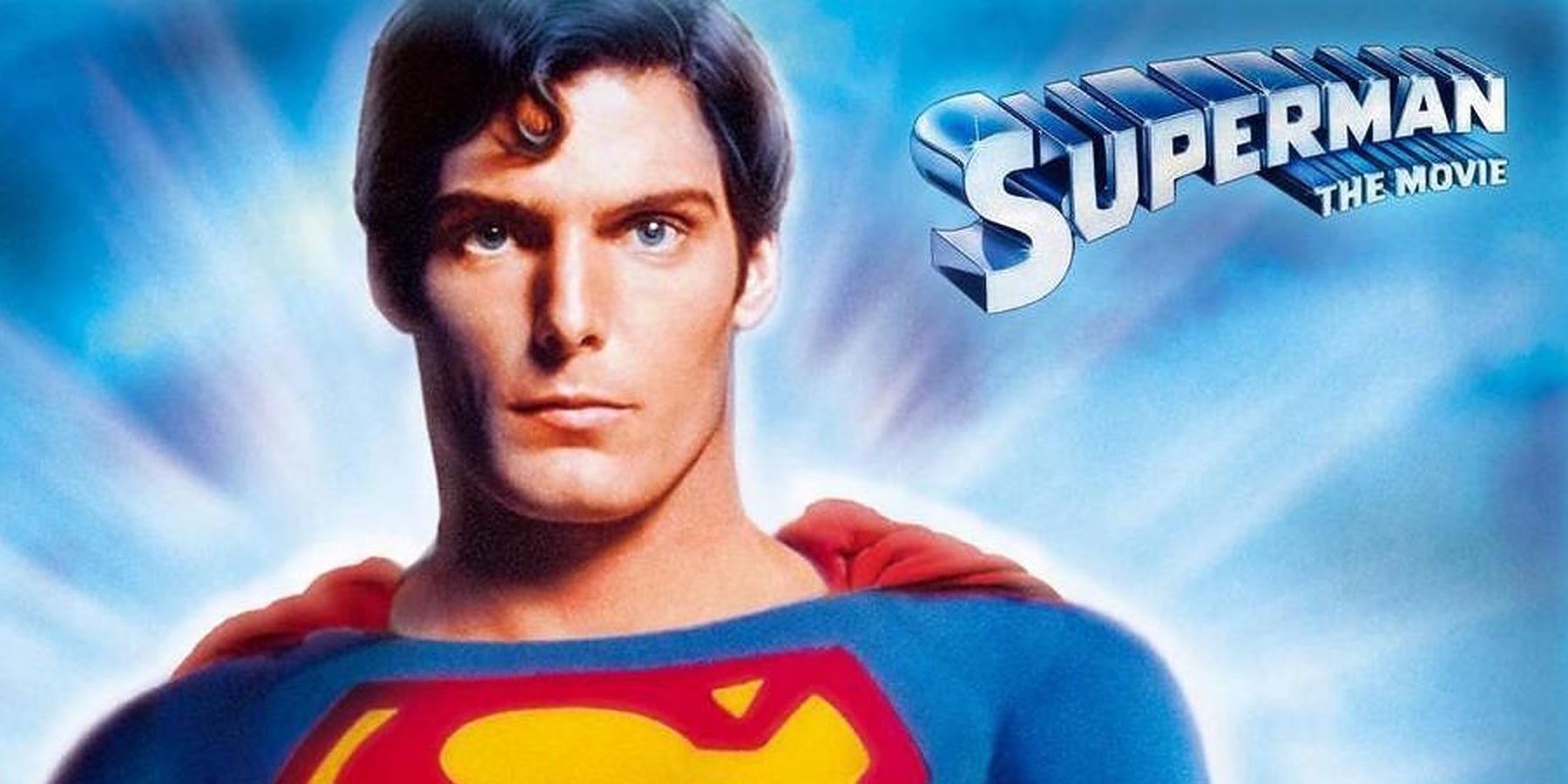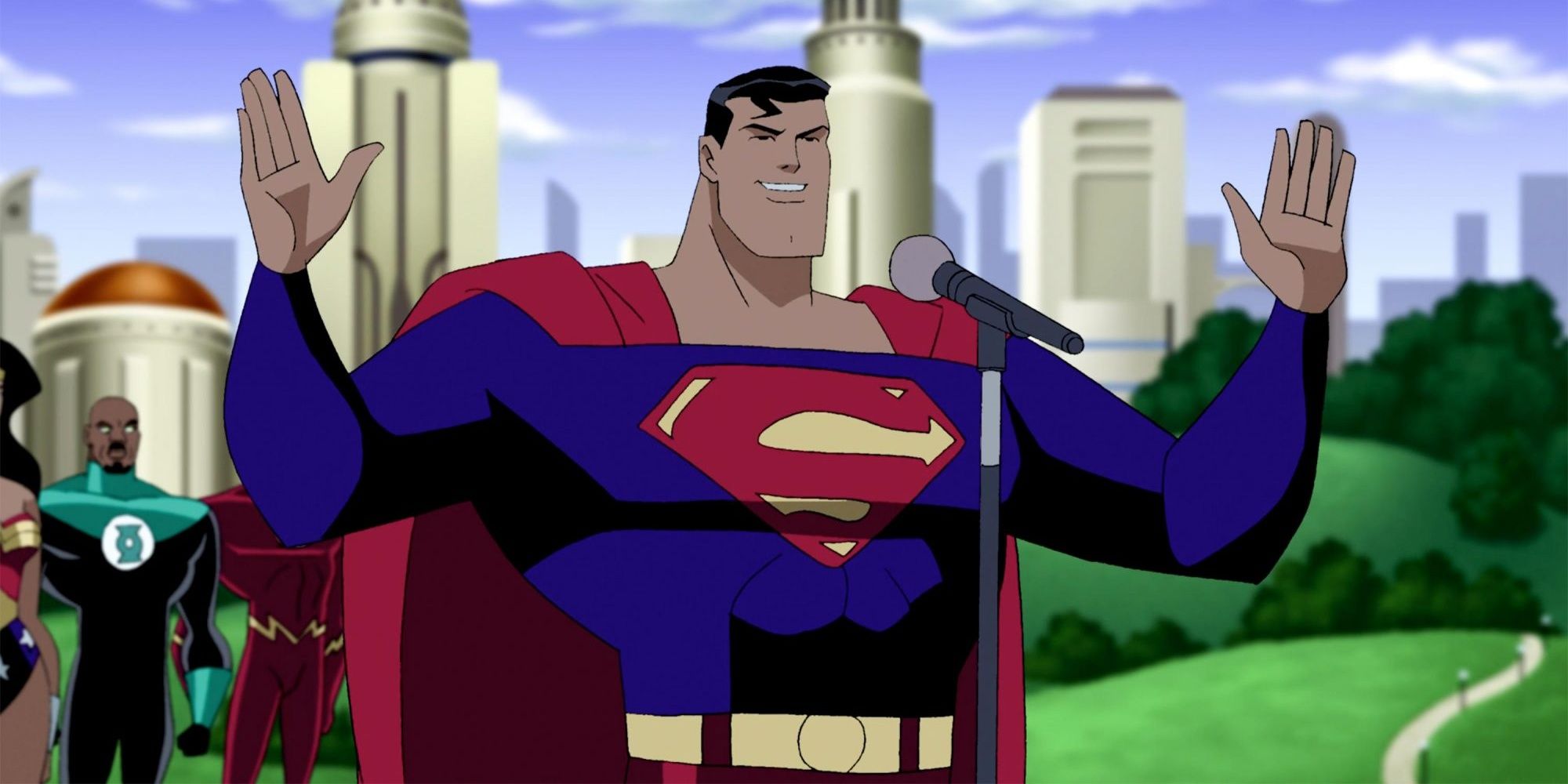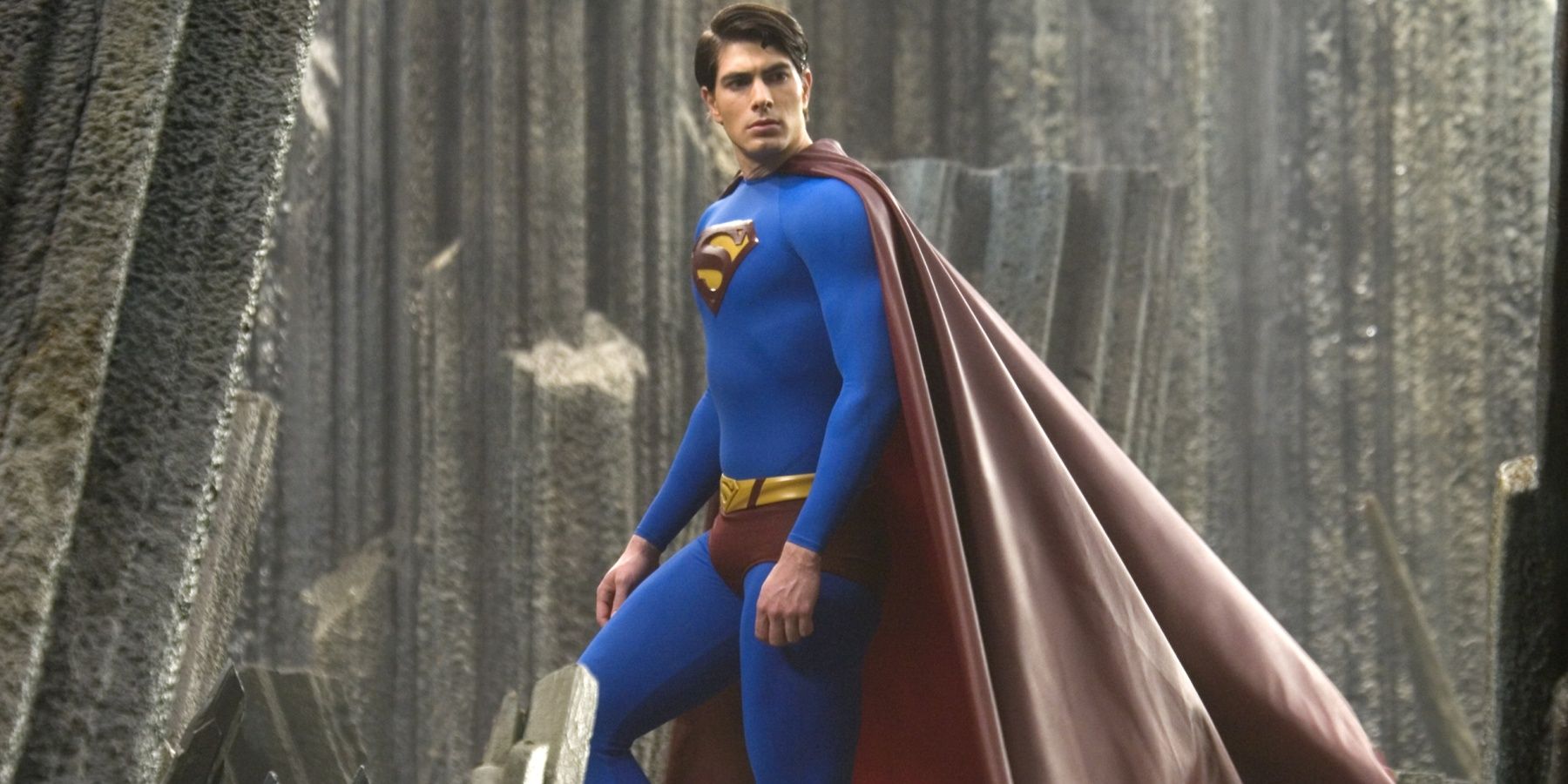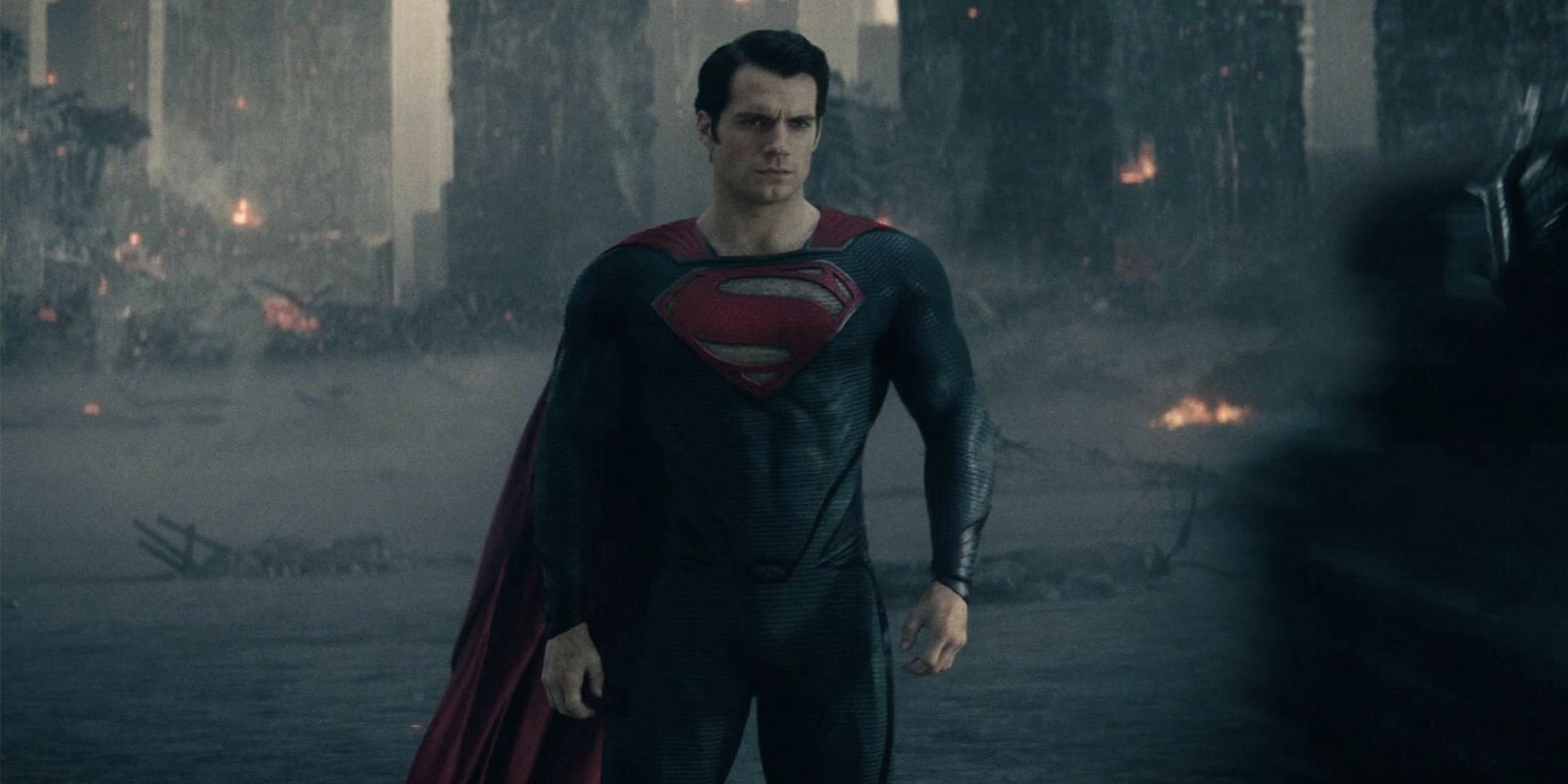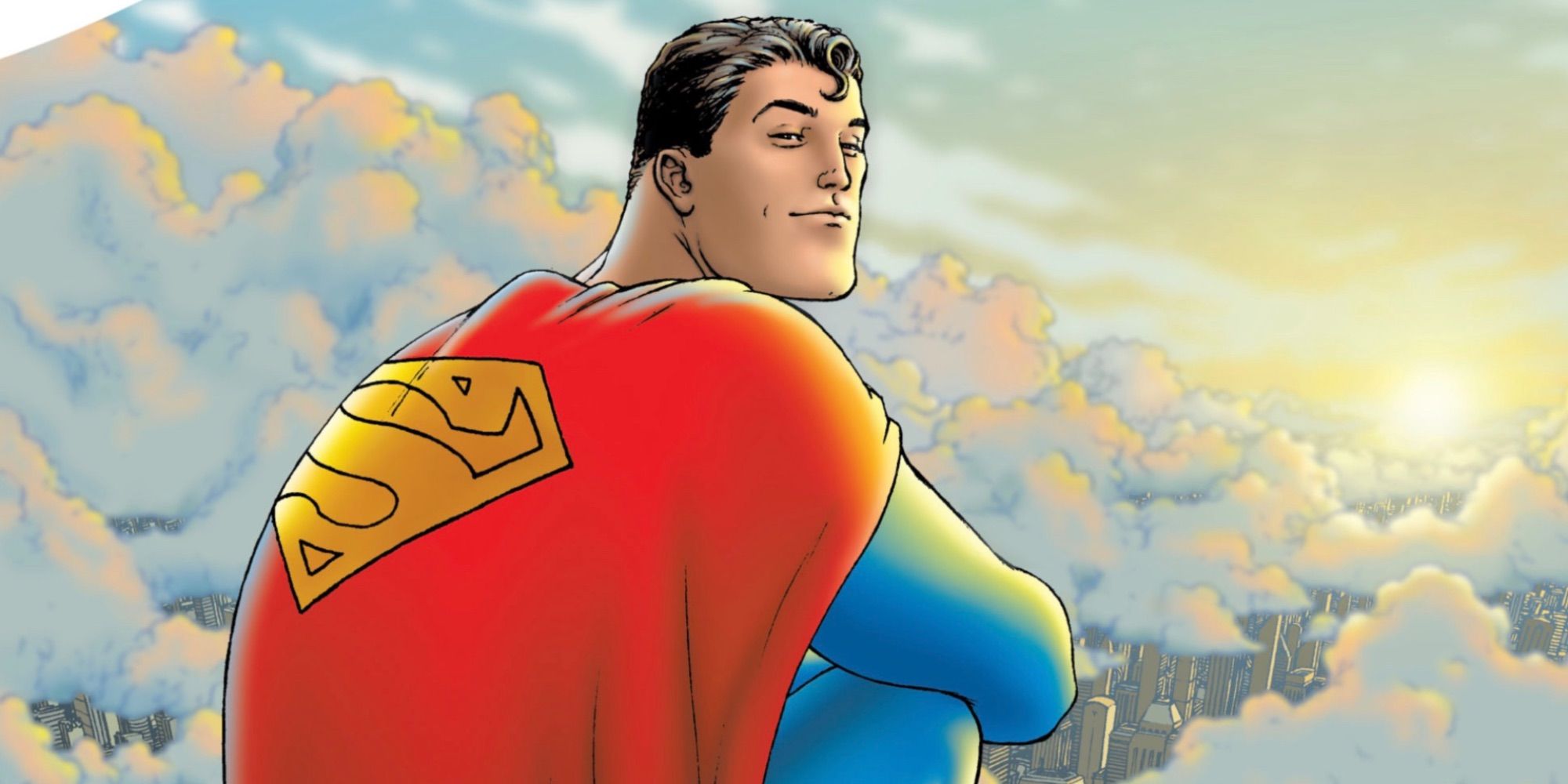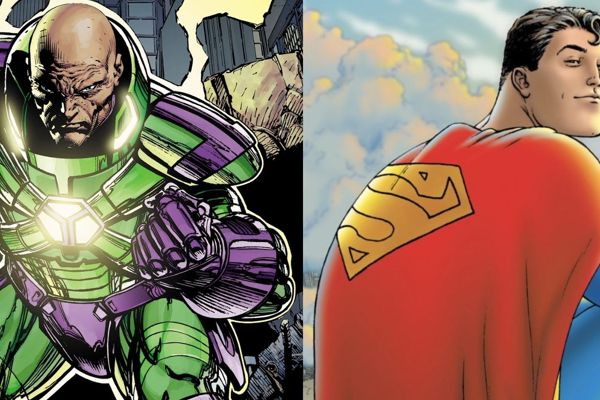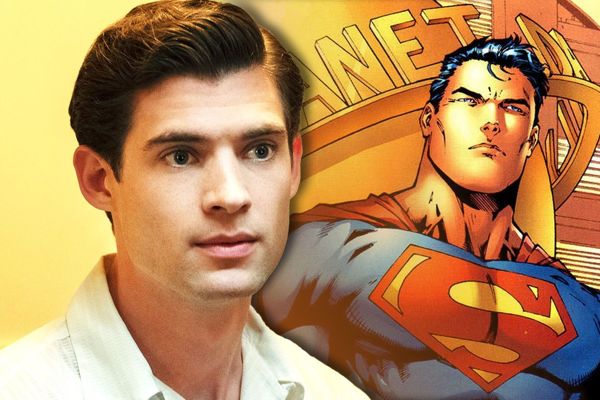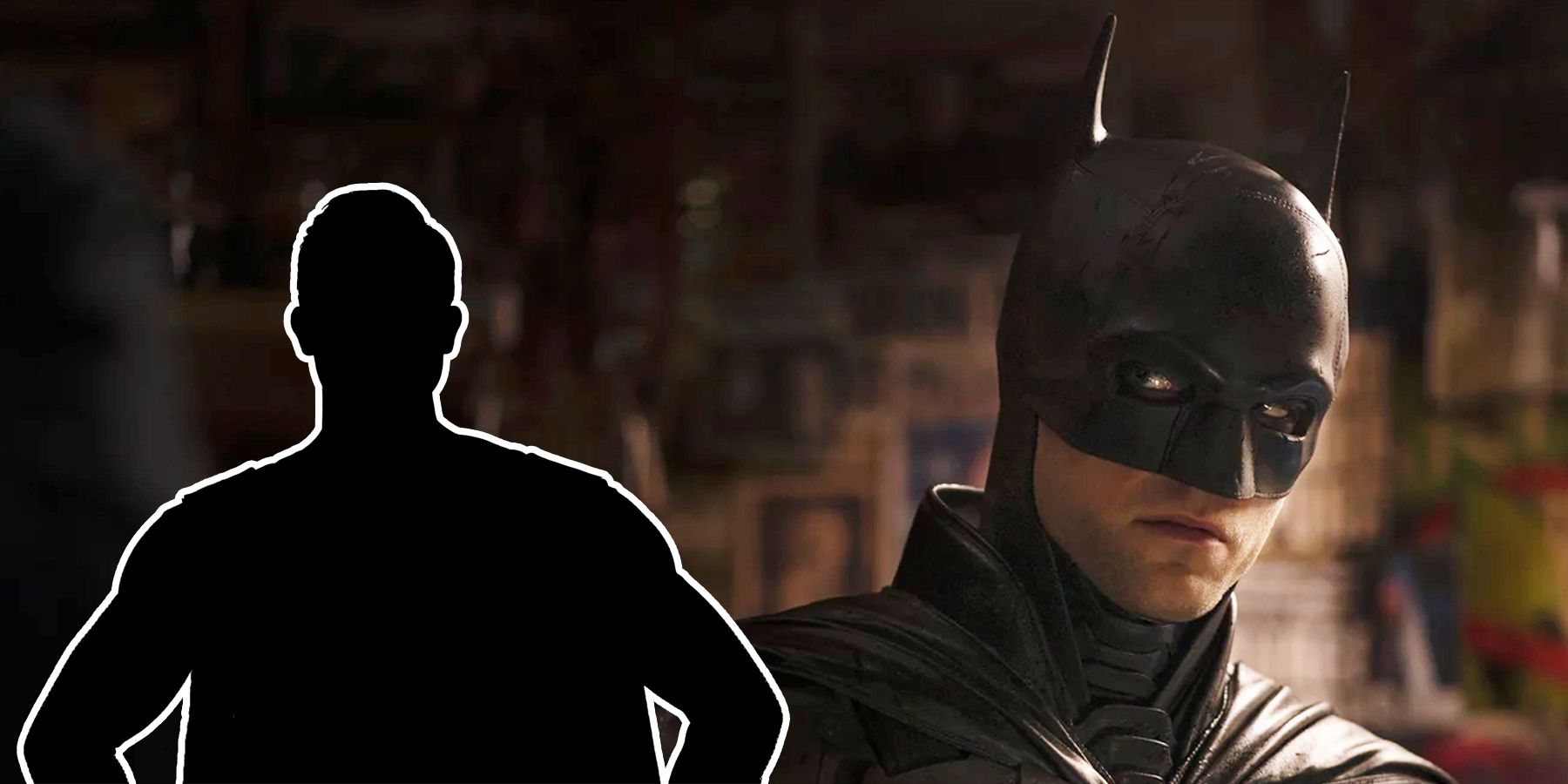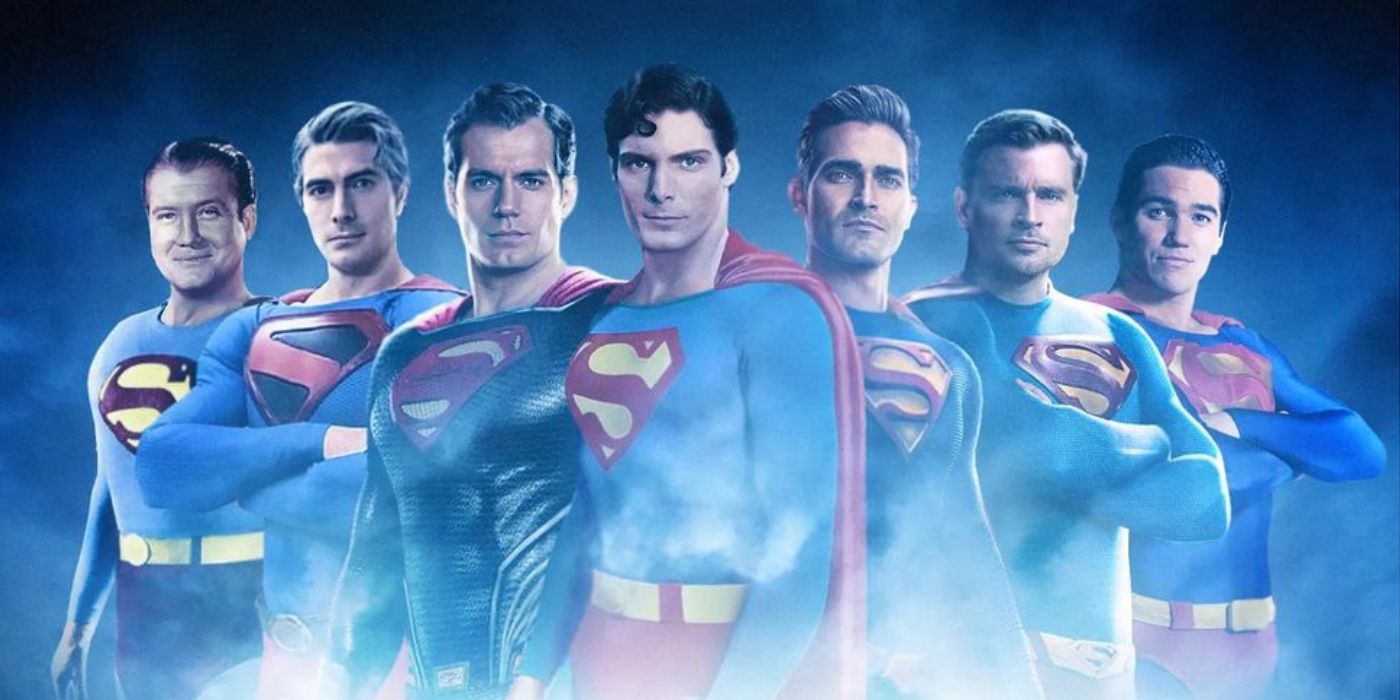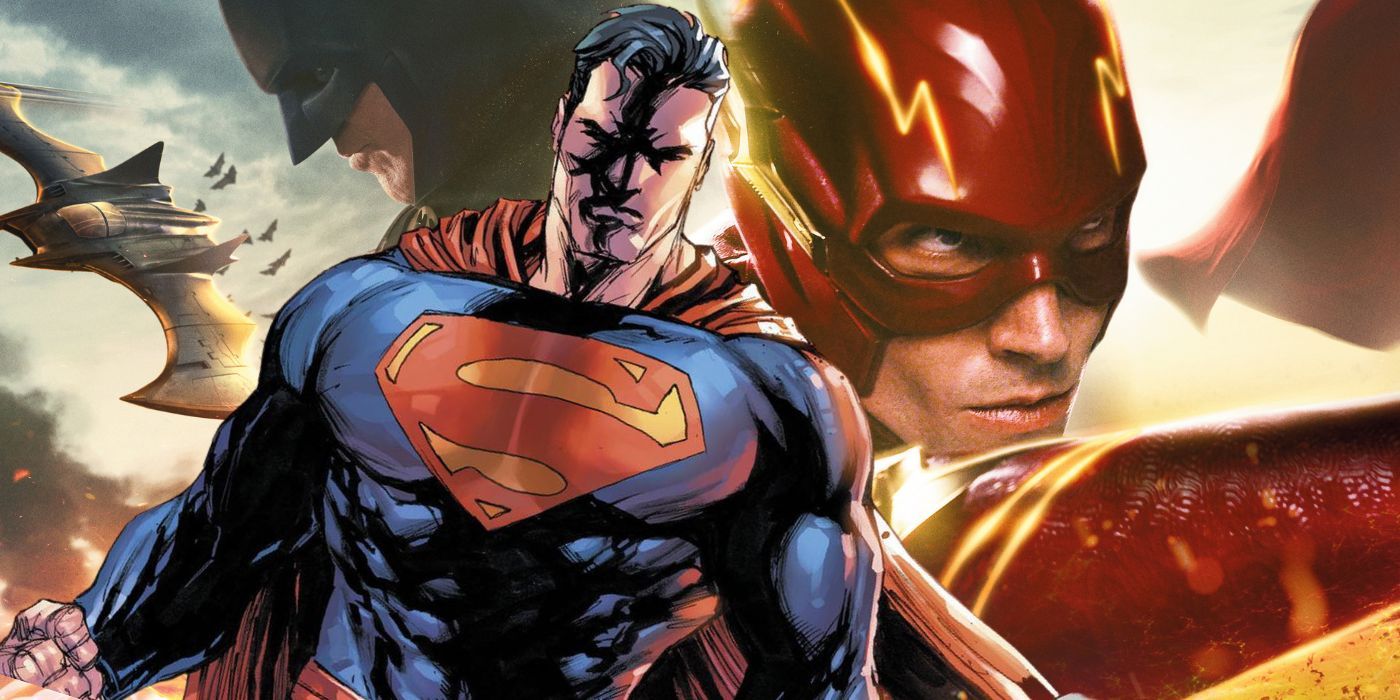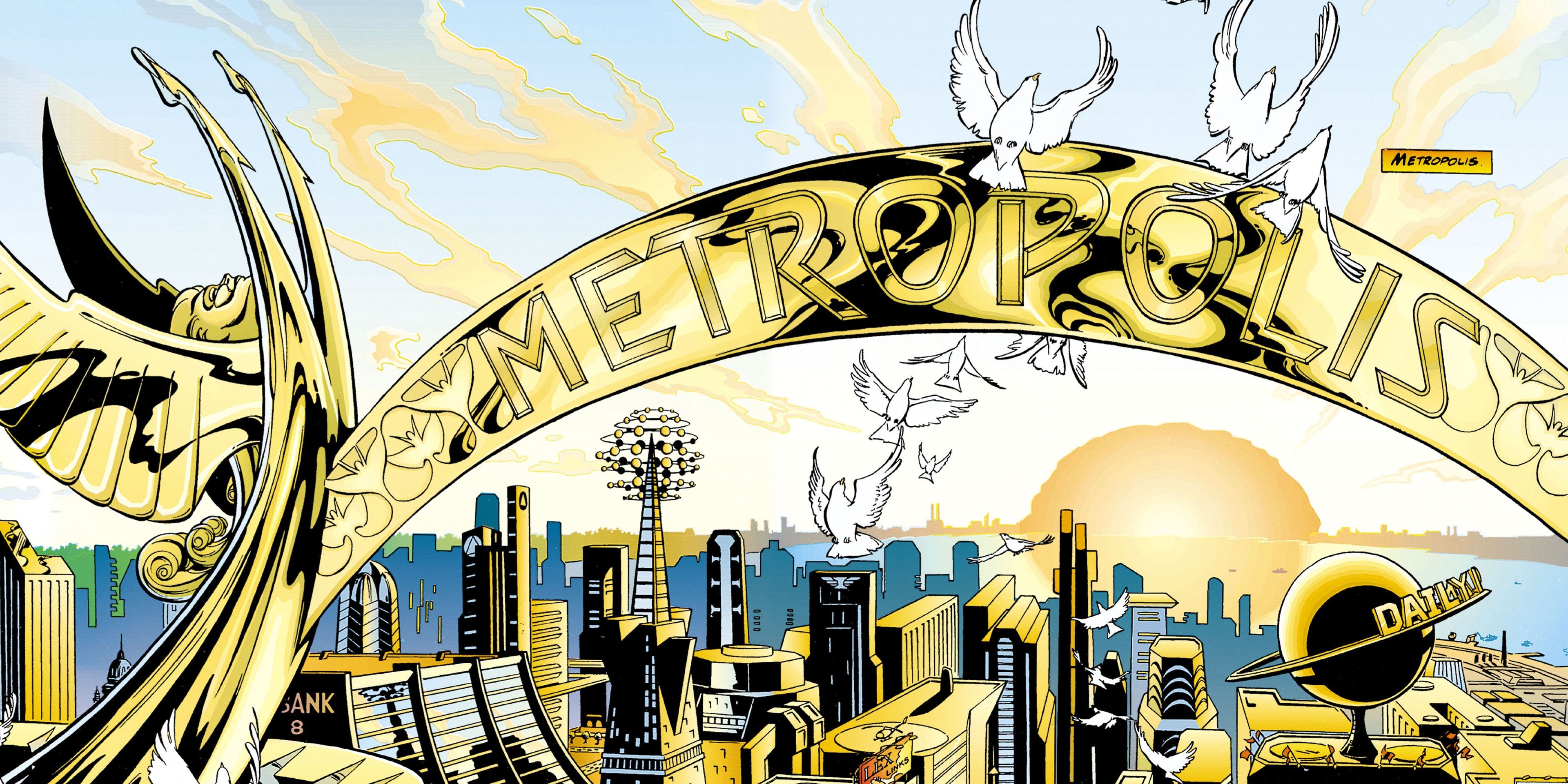
Showdown in Metropolis: The Ultimate Face-Off of Superman's Cities

Exploring the iconic city of Metropolis in the DC Universe, we examine the visual inspirations that could shape its appearance in the upcoming Superman: Legacy From the retro-futuristic charm of the animated series to the cold anonymity of Snyder's Metropolis, we delve into the possibilities for this beloved fictional city
James Gunn's upcoming film, Superman: Legacy, marks the start of his journey in the DCU and is slated to release in 2025. With a fresh take on the Big Blue Boy Scout, it's only fitting that Metropolis, his iconic stomping ground, receives a new look as well. Over the years, DC fans have witnessed various onscreen portrayals of the city, each with a unique aesthetic that perfectly aligned with the director's vision. Gunn's Metropolis is sure to leave a lasting impression, but the question remains - will he draw inspiration from any of the previous iterations?
1970s Metropolis: A Standard New York Clone with Character
Richard Donner's 1978 take on Superman was a defining moment for the character's live-action portrayal. The challenge of transitioning the campy superhero from the comic book page to the real world was not an easy feat, but Donner and his talented cast managed to execute it flawlessly. A crucial element that contributed to the film's success was the setting: Metropolis, which was essentially a version of New York City with a few embellishments, such as the notable Daily Planet building. The familiar hustle and bustle of the city added to the narrative and allowed viewers to experience a tonal journey that mirrored Superman's own.
The opening scene of the film takes us on a journey to the lifeless and icy world of Krypton. Its sterile environment and cold atmosphere give off an eerie and alien-like vibe, as if the planet has long been abandoned. In contrast, Smallville, Kansas is a beautifully depicted, warm and lush portrayal of simple American farm life. The humble abode serves as a sanctuary, shielding the protagonist from the logical and harsh influence of Krypton, and nurturing the human side of the being who might otherwise have become an all-powerful alien tyrant.
In contrast to the weighty silence of Krypton, Kansas' quietness exudes a sense of tranquility. As the bustling Metropolis comes into view, even the most mundane aspects of daily life, like newspaper stands and traffic, feel charged with energy. Donner's decision to ground the story in a familiar world allows the audience to more easily accept the fantastical elements of the film, creating the impression that Superman has entered their reality rather than the other way around. A more exaggerated, comic book-style Metropolis may have struggled to achieve this effect.
Animated Metropolis: A Retro-Futuristic, Art Deco Dream
In Bruce Timm and Alan Burnett's 1996 cartoon, Superman: The Animated Series, Timm aimed to visually differentiate Metropolis from Gotham, which he had previously depicted in Batman: The Animated Series. The portrayal of both cities serve to reflect the inner worlds of their respective heroes. Gotham is a bleak and ominous place, where danger and madness are always lurking in the shadows and every sewer drain and dark alley. This perfectly suits the Caped Crusader. On the other hand, Superman is a brighter hero, both literally and tonally.
Unlike Timm's Gotham, which is predominantly shown at night, Superman: The Animated Series' Metropolis is predominantly shown in bright daylight. The architecture of the city is a blend of futuristic and retro styles, combining the art deco aesthetic of the classic comics with that of a technologically advanced utopia that Superman strives to create. The resulting Metropolis is more fantastical than the one depicted in Donner's version. It is a dream-like city that could only exist in fiction, a place you never want to wake up from. In contrast to Gotham's nightmarish quality, animated Metropolis is a place of wonder and awe.
Returns Metropolis: A Mix Between 30s Era and Modern New York
Singer's attempt to blend the 30s-era New York with the modern-day city fell short in Superman Returns. While the visually stunning Daily Planet was a highlight, much of Metropolis was forgettable. The absence of the contrasting tonal impact between Krypton, Kansas, and Metropolis that was present in the original film, coupled with a largely real-world setting, failed to capture the audience's attention. Additionally, the pops of 30s architecture that Singer incorporated into the film didn't stand out as much as he may have intended.
Synder's Metropolis: A Cold, Anonymous City That Let the Hero Stand out
Zack Snyder's approach to Superman's world was to create a Metropolis that served as a stark contrast to the hero himself. The city's cold and muted appearance, with its blue-gray color palette, is intentionally generic and interchangeable with any major American city. This allows Henry Cavill's Superman to stand out as the space-born savior he is meant to be, a beacon of hope in a dark world. While Singer's city fades into the background, Snyder's Metropolis propels the hero forward, emphasizing his significance. And while it may not be the most memorable version of the city, that's precisely the point.
What Should Superman: Legacy's Metropolis Look Like?
To truly differentiate Superman: Legacy from other superhero movies, James Gunn should draw inspiration from the stylized approach of Superman: The Animated Series. Unlike most modern superhero films that strive for realism, the DCU's cities have always had a unique character of their own, and this should be highlighted in the film. By embracing a more stylized approach, Gunn can create a world that feels distinct and truly immersive, setting the film apart from other onscreen universes.
By creating distinct and unique personalities for Gotham and Metropolis, Gunn has the opportunity to showcase the essence of the DCU's cities in his films. Rather than trying to make them feel connected to the real world or modernized in their architecture, emphasizing their individuality will set the universe apart from its competitors and better reflect the comics. Fans can look forward to experiencing Gunn's vision for Metropolis and its protector when Superman returns to the big screen in 2025.
